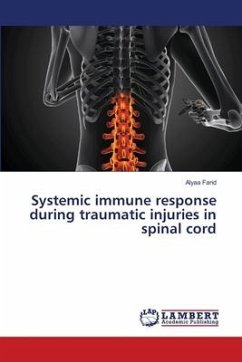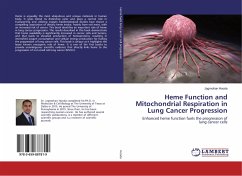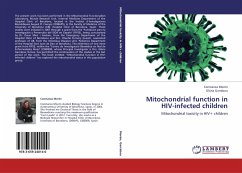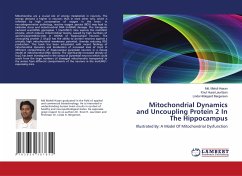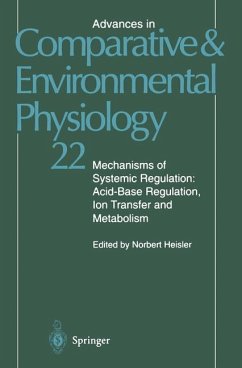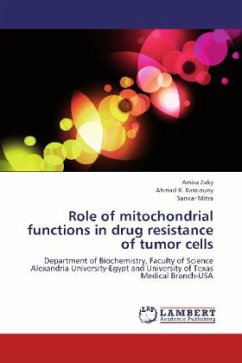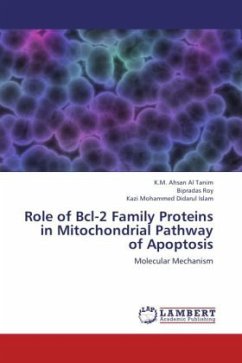
Novel Mechanisms in Systemic and Mitochondrial Iron Metabolism
Versandkostenfrei!
Versandfertig in 6-10 Tagen
49,99 €
inkl. MwSt.

PAYBACK Punkte
25 °P sammeln!
Iron is the most abundant transition metal in biological systems and is required to facilitate key metabolic reactions, including DNA synthesis, oxygen transport and cellular respiration. The distribution of iron within the body is carefully regulated to prevent the generation of cytotoxic reactive oxygen species. The investigations described in this book were aimed to understand the mechanisms and diseases associated with mammalian iron metabolism. Specifically, Chapter 3 investigates the systemic iron homeostatic activity of hepcidin, the hormone of iron metabolism, while bound to the blood ...
Iron is the most abundant transition metal in biological systems and is required to facilitate key metabolic reactions, including DNA synthesis, oxygen transport and cellular respiration. The distribution of iron within the body is carefully regulated to prevent the generation of cytotoxic reactive oxygen species. The investigations described in this book were aimed to understand the mechanisms and diseases associated with mammalian iron metabolism. Specifically, Chapter 3 investigates the systemic iron homeostatic activity of hepcidin, the hormone of iron metabolism, while bound to the blood carrier protein, 2-macroglobulin; Chapter 4 examines the molecular mechanism(s) involved in the perturbation of cellular iron metabolism that results in mitochondrial iron-accumulation in Friedreich's ataxia; and Chapter 5 explores the molecular links between mitochondrial iron-dysregulation and the fatal cardiac defects in Friedreich's ataxia.




